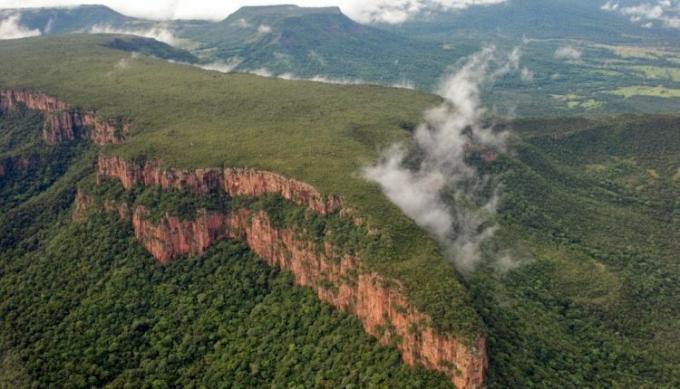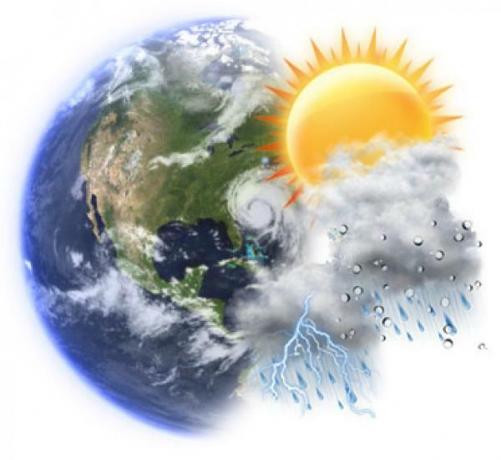At Earth's Convection Currents (also called Convection Cells) are the movements of internal fluids that take place in the mantle, below the earth's crust. It is believed that they are largely responsible for innumerable landform transformation processes of endogenous origin, such as earthquakes, volcanism, plate tectonics, among others.
We know that the Earth has three main layers: crust, mantle and core. We also know that the Earth's mantle is composed of magma, which are rock formations that are in a pasty consistency, thanks to the Earth's high internal heat. Thus, if we consider the fluidity of this layer, it is not difficult to imagine that this material makes constant movements.
The scientific community believes that these movements are constant and that they can be detailed represented, which would help to understand how the Earth's internal dynamics influence and transform landscapes superficial.
And why do these movements occur?
The convection cells and their movements occur because the magma does not have a homogeneous temperature. The region closer to the core is warmer and the region closer to the crust is “cold”. Thus, the magma that is higher and that has lower temperatures “descends” towards the core and the warmer magma, being lighter, rises towards the crust. Look at the figure below:
Note in the image above how the convection currents influence the tectonic plates¹
Do not stop now... There's more after the advertising ;)
These movements are cyclical, as the rising magma cools down and the descending one heats up, restarting the process. However, contrary to what one might imagine, this sequence is not very fast, taking several and several centuries to materialize.
An interesting way to understand this is to do a very simple experiment: put water to heat in a pot and watch. When the water is boiling, it will perform a series of movements, in which the water located further down will emerge and the one on top will sink, over and over again.
But why do the movements of convection currents interfere with the Earth's external dynamics?
When the magma that is closest to the core moves towards the crust, it exerts strong pressure on it and, in some places, it finds some cracks, also called cracks. geological faults. Through them, this hot, pasty liquid is able to pass, giving rise to volcanic processes in some cases and the formation of earthquakes in others, in addition to interfering with the movement of plates tectonics.
______________________
¹ Image credits: Surachit and Wikimedia Commons.
By Rodolfo Alves Pena
Graduated in Geography
Would you like to reference this text in a school or academic work? Look:
PENA, Rodolfo F. Alves. "Earth Convection Currents"; Brazil School. Available in: https://brasilescola.uol.com.br/geografia/correntes-conveccao-terra.htm. Accessed on June 27, 2021.


